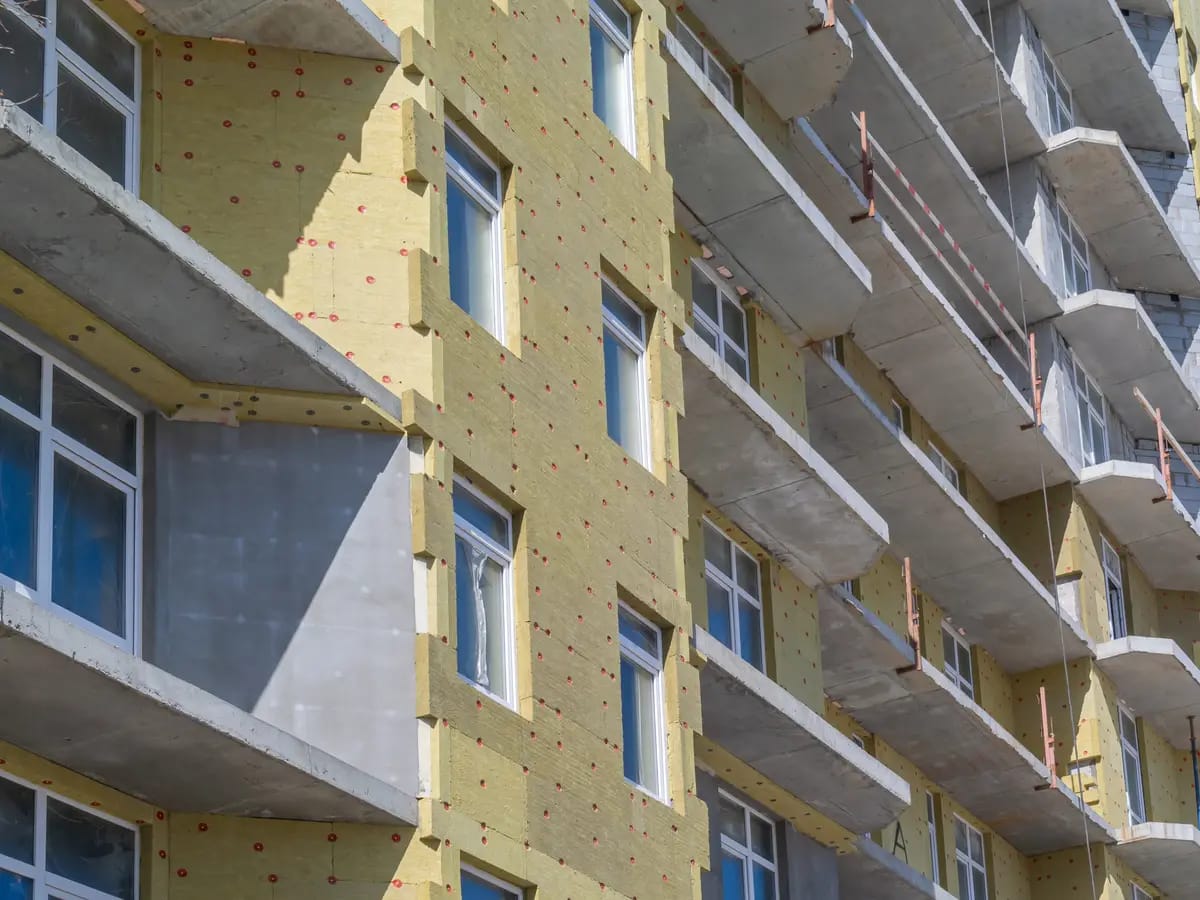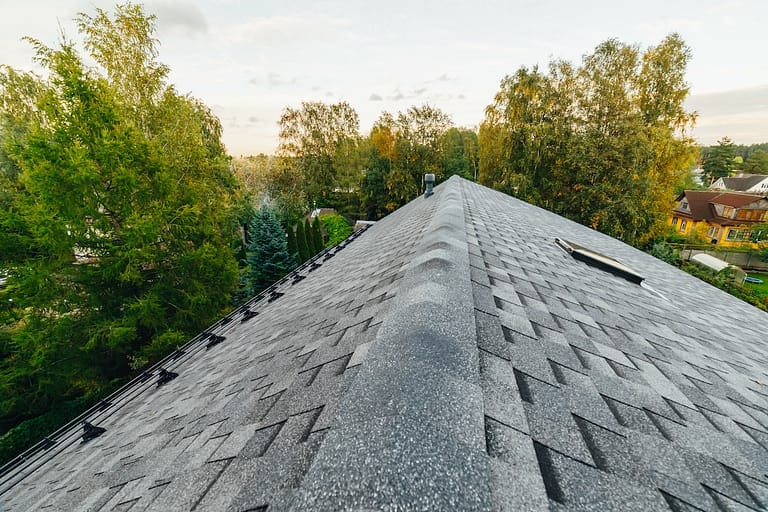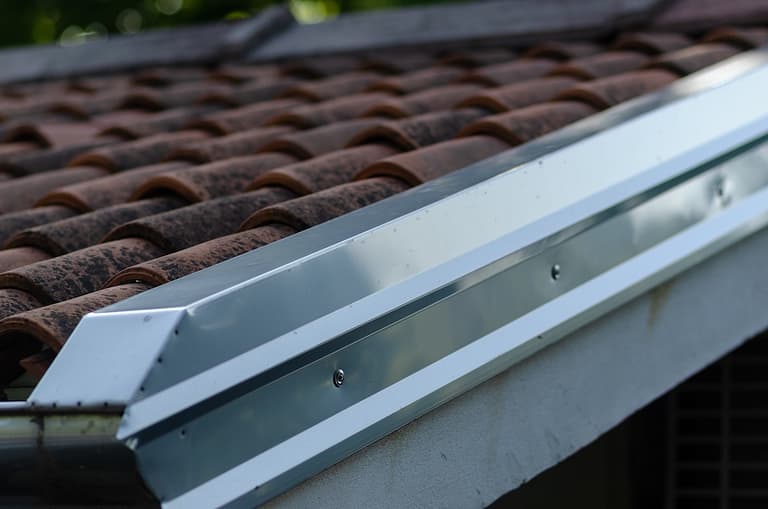When it comes to protecting your commercial property, the roof is one of the most important elements to get right. A good roof not only shields the building from external factors like rain, snow, and UV rays but also contributes to the overall energy efficiency of your property. If you’re a commercial property owner or building manager, one term you’ll hear often in discussions about roof systems is “commercial roof insulation.” But what does it mean, and why is it so important?
This blog dives deep into commercial roof insulation:
- What it is
- The benefits it offers
- The different types available
- How to make the best choice for your property
At G. Cannon, we specialize in creating solutions tailored to your commercial needs, so you can focus on what really matters—running your business.
What is Commercial Roof Insulation?
Commercial roof insulation refers to the layer (or layers) of material installed beneath or above your roof structure to reduce the transfer of heat. Insulation is a critical part of the roofing system, and its primary purpose is to create a barrier that helps regulate the building’s internal temperature. Whether it’s keeping the heat out during the summer or retaining warmth during the winter, roof insulation ensures your building stays comfortable while reducing energy costs.
Insulation is typically installed during the initial construction of the roof, but it can also be added or upgraded later if your roof is being repaired or replaced. The type and amount of insulation you need will depend on:
- Your building’s specific requirements
- Climate
- Energy goals
- Local building codes
Why is Roof Insulation Important for Commercial Properties?
If you’re a property owner or building manager, you may often weigh costs against benefits when making improvements to your property. It’s important to know that commercial roof insulation is not just a “nice-to-have” feature—it’s an essential investment. Here’s why:
⚡️ Improved Energy Efficiency
Heating and cooling a commercial building can be expensive, especially if your HVAC system has to work overtime due to poor insulation. Roof insulation reduces heat transfer, helping maintain consistent indoor temperatures with less reliance on heating or air conditioning. This results in significant savings on energy bills.
🌡️ Temperature Control
If you’ve experienced fluctuating temperatures in your building—certain areas being cooler or warmer than others—poor insulation could be the culprit. A properly insulated roof helps distribute heat evenly, ensuring a more comfortable environment for employees, clients, and visitors.
🎂 Extended Roof Lifespan
Quality insulation will help you protect your roof system and roofing materials from extreme temperature fluctuations that can cause expansion and contraction, which over time leads to cracking and weakening. This means a longer-lasting roof and fewer costly repairs.
🎧 Soundproofing Benefits
For buildings located in busy urban areas, near airports, or industrial zones, insulation can help reduce noise pollution. By absorbing sound vibrations, it makes your property more conducive to productivity.
🌲Environmental Impact
Energy efficiency isn’t just good for your wallet—it’s good for the planet. Reduced energy usage means a lower carbon footprint, helping you align your building with sustainability goals and potentially qualifying for green certifications.
✅ Compliance with Building Codes
Most municipalities require commercial buildings to have a certain R-value (a measure of insulation’s heat resistance) for their roofing systems. Adding or maintaining insulation ensures compliance with building codes and prevents possible fines.
6 Types of Commercial Roof Insulation
Not all roof insulation is created equal. Depending on your property’s structure and needs, different materials and installation methods may be recommended. Here are the most common types of commercial roof insulation:
1. Polyisocyanurate (Polyiso)
What it is: A rigid foam board known for its high thermal resistance.
Benefits:
- Excellent R-value per inch, making it highly efficient.
- Lightweight, yet moisture-resistant.
- Can act as a vapor barrier when combined with foil.
Best Applications: Ideal for flat and low-slope roofing systems.
2. Extruded Polystyrene (XPS)
What it is: A closed-cell foam board with a smooth surface.
Benefits:
- High compressive strength—great for areas with heavy foot traffic.
- Good moisture resistance.
Best Applications: Found in both roof systems and below-grade applications.
3. Expanded Polystyrene (EPS)
What it is: Another type of rigid foam insulation but with an open-cell structure.
Benefits:
- Cost-effective and versatile.
- Can be molded into various shapes, making it flexible for roofing contours.
Best Applications: Works well in green roofs and other specialized systems.
4. Spray Polyurethane Foam (SPF)
What it is: A liquid form of insulation sprayed onto the roofing surface, expanding into a foam that hardens.
Benefits:
- Seamless and durable.
- Acts as both insulation and a weatherproofing layer.
- Excellent adhesion properties.
Best Applications: Perfect for irregularly shaped roofs.
5. Fiberglass Insulation
What it is: A traditional form of insulation made from fine glass fibers.
Benefits:
- Affordable and widely available.
- Non-combustible.
Best Applications: Common in membrane and built-up roofing (BUR) systems.
6. Mineral Wool Insulation
What it is: Made from volcanic rock or slag and spun into fibers.
Benefits:
- Superior fire resistance.
- Excellent thermal and acoustic insulation.
Best Applications: Suited for high-temperature industrial buildings.
Factors to Consider When Choosing Roof Insulation
While understanding insulation types is important, choosing the right one for your commercial property involves several considerations:
- Roof Type: Is your roofing system flat, low-sloped, or pitched?
- Climate: Warmer regions tend to need insulation focused on heat retention, while colder climates benefit from materials with high R-values.
- Budget: Polyiso and SPF come with higher up-front costs, but their long-term energy savings may outweigh the initial price.
- Building Use: Office buildings, warehouses, and retail properties may have differing insulation needs based on occupancy, hours of operation, and HVAC demands.
- Local Codes: Ensure your roofing system meets the R-value requirements for commercial structures in your area.
- Installation Accessibility: Some insulation methods, such as spray foam, are easier to install on certain roof systems. Accessibility may impact labor and material costs.
The Installation Process
Installing commercial roof insulation requires expert knowledge and precision to ensure maximum effectiveness. Here’s what you can expect:
Roof Assessment
A professional roofing contractor will inspect your current roof structure, determining its condition and suitability for insulation upgrades.
Material Selection
Based on the assessment, the right insulation type and thickness are selected.
Installation
The chosen material is applied above or below the roof deck, depending on your system. Installation methods vary—rigid boards may be secured mechanically, while spray foam is applied seamlessly across the surface.
Sealing and Finishing
Sealing edges, overlaps, and any penetrations ensures an airtight barrier.
Final Inspection
A thorough check ensures the insulation is properly installed without gaps.
Trust G. Cannon Roofing to Help You Save
When it comes to insulating your commercial property, cutting corners is not an option. At G. Cannon , we bring years of expertise in commercial roof insulation, ensuring every project is completed to the highest standard. With us, you can expect:
- Tailored solutions based on your building’s unique needs.
- Access to top-tier insulation materials.
- A dedicated team committed to quality and efficiency.
Whether you’re building from the ground up or upgrading an existing roof, we’re here to help every step of the way. Contact G. Cannon Roofing today to schedule a consultation and take the first step toward a more energy-efficient building.








